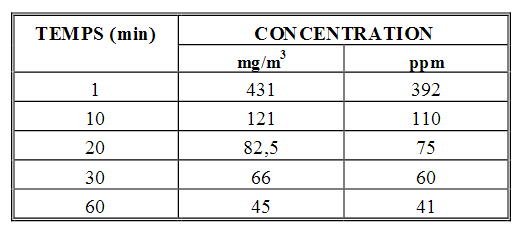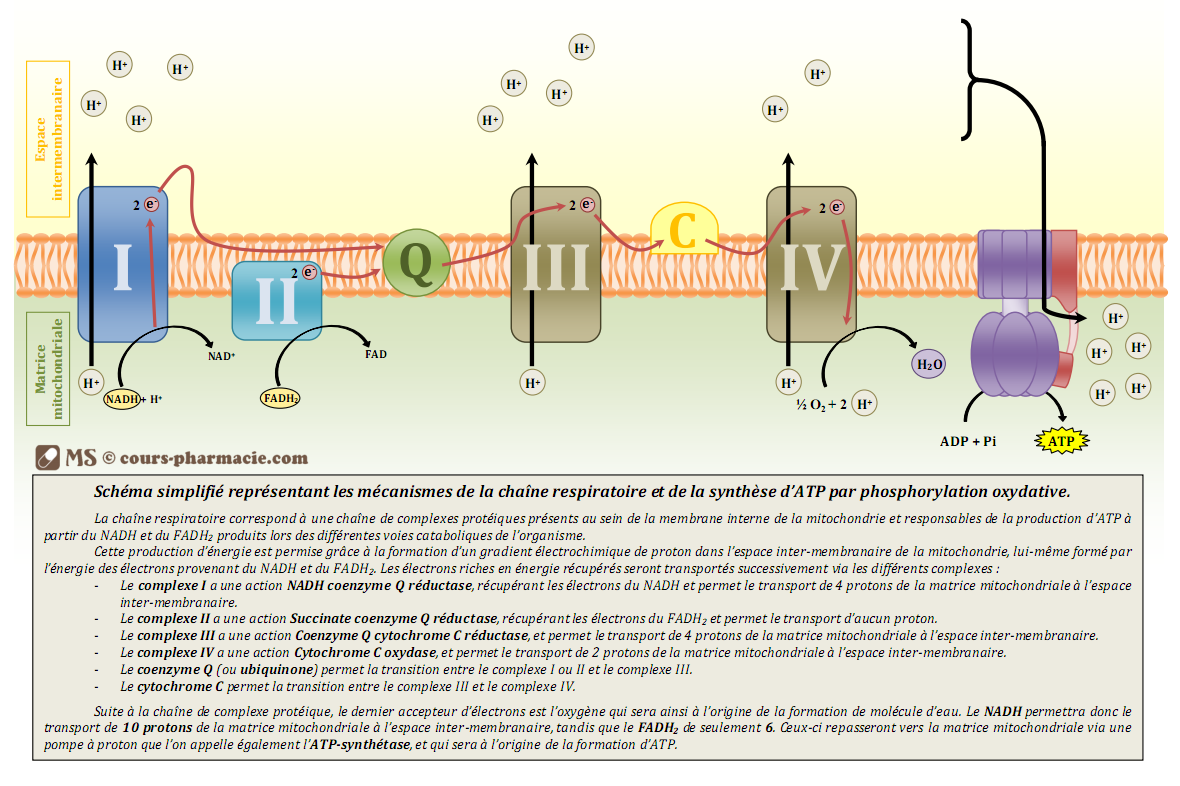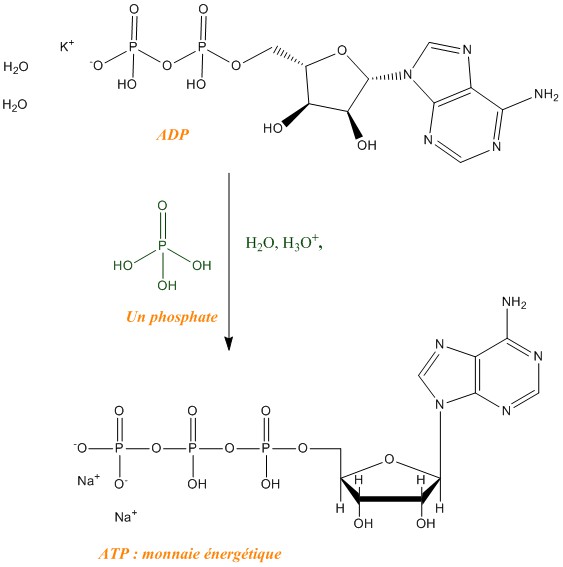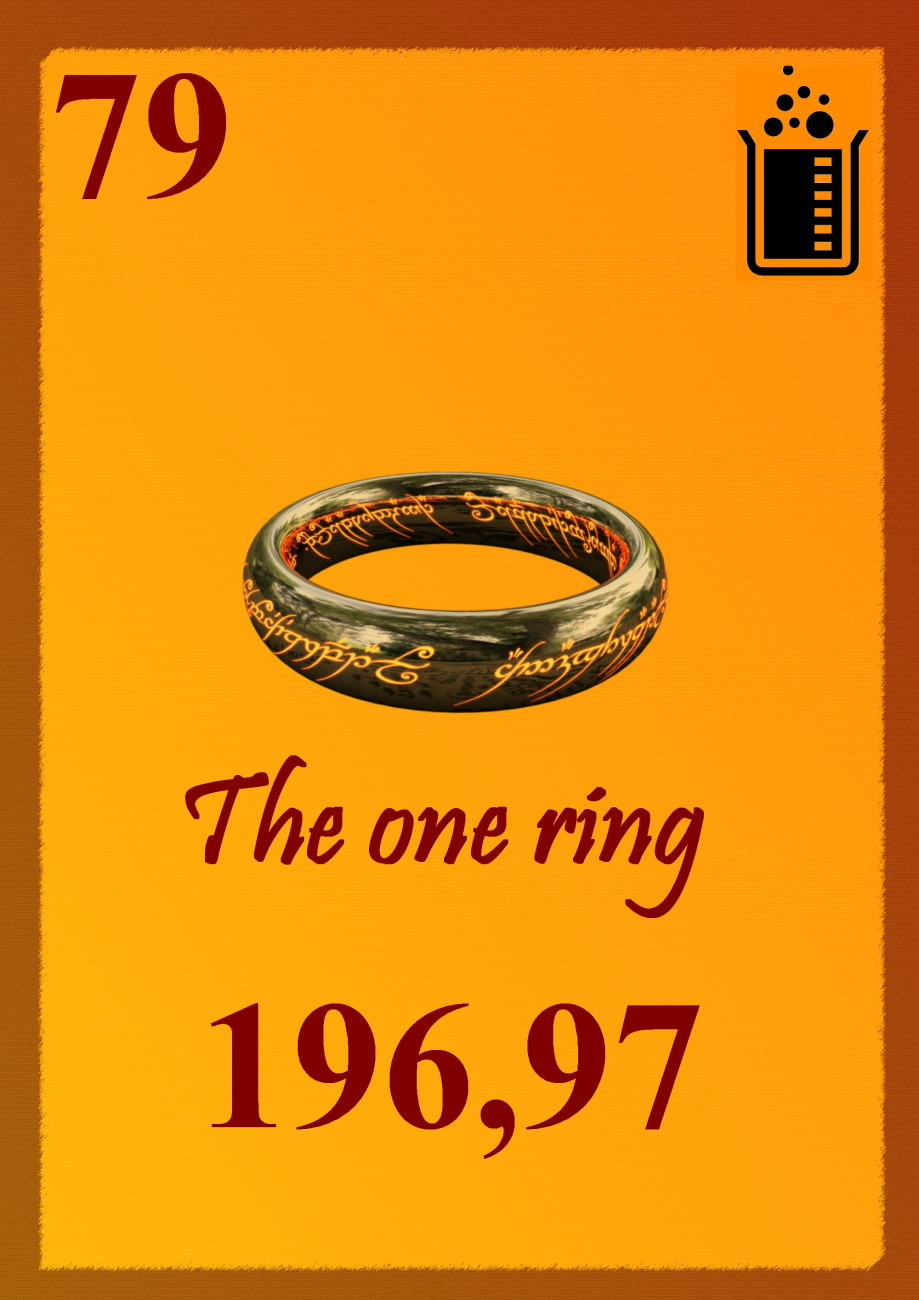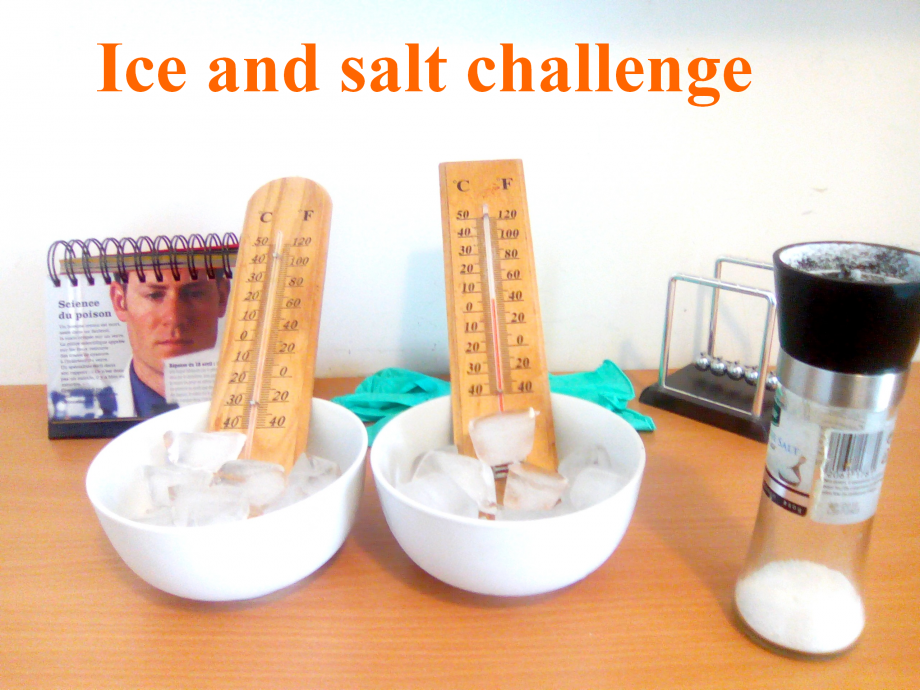Let the sky fall !
Hello everyone, here is the very first article in the category Chimagination. If you want to discover what this category reserves you do not hesitate to go see the description on the page facebook the small beakers and the trailer on YouTube .Good reading :)
Allociné.fr
Nothing better to spend time on the train than to watch a good James Bond, and what a pleasure to launch his weekend to the sound of "let the Skyfaaaal! When it crumbleeeeees!" ...
The film is going well, the rhythm is intense, when suddenly I cough, I choke, I suffocate! Would I have crunched the little cyanide capsule hidden under my false tooth? Why not! É Tudions this film, chemistry to support :)
https://les-petits-bechers-anglais.blog4ever.com/ice-and-salt-challengehttps://les-petits-bechers-anglais.blog4ever.com/the-one-ring
The extract and its characteristics (Be careful spoiler)
The scene begins with the reunion between M and a former MI6 agent: Tiago Rodriguez alias Silva. The latter is devoured by the rage towards M and the MI6 who abandoned it, during a mission, in the hands of the Chinese authorities. The latter is then tortured and, not to speak, he decides to end his days by crunching a capsule of "hydrogen cyanide" hidden under a false tooth. However the compound does not apparently kill him and gnaws his face as well as his stomach .
A famous poison
Hydrogen cyanide is a famous poison, it is used in lots of fiction on espionage as well as in numerous thrillers. He is very present in James Bond (James Bond against Dr. No, the spy who loved me), but also in the novels of Agatha Christie (champagne murder and ten little negroes). Many personalities died by ingesting cyanide: Alan Turing, Rasputin, as well as some Nazi leaders at the end of the Second World War.
It is also considered a chemical weapon. During the Second World War the Germans degased HCN from zyklon B in the gas chambers.
Symptoms of cyanide poisoning vary with dose. One can observe: apnea, coma, convulsion, vertigo, respiratory discomfort, cardiovascular arrest, death.
Action plan
Cyanide can be present in several forms. In gaseous form: HCN it is lethal in minutes for air concentrations of 300 ppm. Given that for HCN at pressure and ambient temperature 1ppm corresponds to 1.10 mg / m3, the lethal dose would be about 330 mg / m3 [1] . It is characterized by a slight smell of bitter almond.
HCN lethal effect thresholds
INERIS.fr
1ppm: 1 molecule of HCN per 1 million molecules of air
The cyanide may also be present in aqueous form: HCN in solution, since, as the latter is soluble in water, the KCN and NaCN salts are used to dissolve it in solution in an acid medium (in order to protect the CN- In HCN). For the latter two, you need only 100 to 300 mg in solution to kill you in 5 min.
Hydrocyanic acid leads to death by inhibition of a key enzyme for the cellular respiration process: cytochrome c oxidase. In each human cell, the mitochondrial respiration chain located in the inner membrane of the mitochondria consists of 4 complexes (proteins). These 4 complexes have the role of producing a proton gradient (increase in concentration) between the mitochondrial matrix (inside the cell) and the inter-membrane space. This gradient is created by an oxidation reaction sequence carried out at these four complexes.
Mitochondrial Respiration Chain
cours-pharmacie.com
Cytochrome c oxidase (complex IV) is an enzyme which catalyses the reaction between cytochrome c and O 2 , this reaction consists in reducing O 2 in water by 4 electrons. This is the fourth reaction along the mitochondrial respiratory chain.
All four reactions are necessary for the phosphorylation of ADP to ATP. The inhibition of one of these reactions results in the inhibition of the entire respiration chain and therefore in the production of ATP. But ATP is the "energetic currency of the organism", so without the latter the cell lacks energy for its proper functioning.This explains the high toxicity of HCN.
The tissues rich in cytochrome c oxidase are therefore the most affected: especially the brain and the retina, causing anoxia: the impossibility for the cells to use oxygen, since the mitochondrial respiration chain no longer works.
Phosphorylation of ADP to ATP
Skyfall's issues
In Skyfall the film states that the poison used is hydrogen cyanide HCN, the latter probably had to be present in solid form (NaCN and KCN) in the capsule and when the latter crunches the capsule, it releases CN- ions in solution . Then the acidity of the gastric juices present in the stomach then makes it possible to form HCN from CN - (aq).
Silva tells us that the poison did not kill him but completely melt his face. This is not possible, unless the dosage in the capsule is much less than 100mg, the poison should have really killed it after 2-3 minutes. Now concerning the corrosive aspect of HCN, the latter does not corrode the skin or the bones.
The analogy that had to be made by the developers is that the latter is an acid: hydrocyanic acid. Indeed, some acids can be very corrosive to bones, such as hydrofluoric acid (HF), used in particular in the "Breaking Bad" series to dissolve a corpse [2] . However the acid denomination does not necessarily mean that the compound corrodes, but just that HCN is likely to lose an H + proton to form CN - .
In fact HCN is a weak acid: pka = 9.2 approximately, it is therefore a weaker acid than the citric acid present in the lemons and the ethanoic acid ( CH 3 COOH)constituting the vinegar. These obviously do not melt the face, HCN no longer have.
Product videos Breaking Bad with Hydrofluoric Acid [2]
I hope this article liked you, if you have any questions, comments do not hesitate to ask them in the comments: on facebook or directly on the blog :). And if you wish, you can encourage me to continue publishing by liking or sharing this article :)
References
- http://www.wired.com/2013/04/oh-those-movie-spies-and-their-cyanide-pills/
- Wikipedia pages on: cyanide poisoning, HCN, NaCN, KCN
- Inrs
Other articles
Inscrivez-vous au blog
Soyez prévenu par email des prochaines mises à jour
Rejoignez les 13 autres membres


